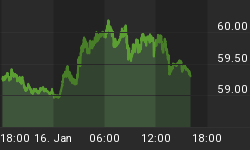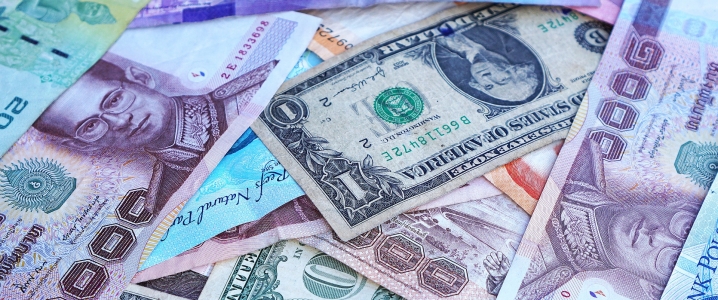Point-spread scams, signal-seller scams and robot scamming are well known ‘new-age’ incarnations of forex fraud. Unbeknownst to many traders and investors is that another far older—and more insidious—fraud still lurks behind the shadows in the $5-trillion-a-day market: Ponzi schemes. The Commodity Futures Trading Commission (CFTC) has filed charges against Florida-based Oasis International Group, Oasis Management and Satellite Holdings together with their five principals in a $75-million elaborate Ponzi scheme that bears an eerie semblance to the infamous Black Diamond Forex scam of a decade ago.
New Age Black Diamond
The defendants have been charged with running a $75 million foreign currency trading scheme that involved 700 US citizens with $47 million misappropriated.
The scam kicked off in 2011 with the defendants fraudulently soliciting money from 700 US residents and pooling the investments in retail forex.
So, how did Oasis manage to hold so many hapless victims in its thrall for so long? Simple: They promised above-average returns with nearly zero downside. Oasis Pools promised pool participants 12 percent guaranteed annual return (the S&P 500 long-term average return is ~10 percent) and peddling a white lie that it had never suffered a single losing month.
Related: Ford CEO Gets Raise After Massive Layoff Round
The company also lied to participants that it had realized returns of 22 percent in 2017 and 21 percent last year.
The defendants were able to successfully conceal their fraud by issuing fake account statements to participants and kept the wheel of fortune turning by disbursing funds to a select few ‘investors’.
About $18 million found its way into the pockets of the scammers where it was used for relatively nondescript purchases including pet supplies, sports tickets, loans to family members, exotic holidays and paying for college and tuition abroad.
The rest, or nearly $30 million, was lost trading forex. So sad, considering these investors would have enjoyed a 10 percent-plus annual return on their investment had they simply put their money in a passive low-fee fund such as S&P 500 ETF(SPY) or the small-cap iShares Russell 2000 ETF (IWM) and stayed invested over the timeframe.

(Click to enlarge)
Source: Google
The CFTC has lined up several tricks to try and repair some of the damage including disgorgement of ill-gotten gains, restitution, civil penalties and a permanent injunction against further violations.
The real Black Diamond
The Oasis scam puts the more famous Black Diamond Forex scam, possibly the largest ever forex Ponzi scheme to be unearthed on US soil, to shame simply because it was a bit more ingenious and was, therefore, able to fly under the radar much longer before eventually getting busted.
Related: Major Gold Analysts Predict A Good Year For Precious Metals
The intricate forex Ponzi scheme engineered by Keith Simmons and Deanne Salazar and ran from 2007 until 2009. By promised fantastic returns of up to 137 percent while declaring their program was fully regulated, the two gentlemen were able to siphon off $35 million from more than 240 victims. The funny thing is that Black Diamond was not even a forex scheme in the truest sense of the world; rather, it was a pure Ponzi scheme since the pair never ever bothered to actually trade in the forex market but simply used funds from newly recruited investors to pay off older ones.
But as is often the case, the law eventually caught up with the duo when their shady company was unable to process withdrawals. Simmons earned himself a 50-year prison sentence and a $35 million fine while his accomplice got off more lightly on a 4.5-year term and $5 million penalty.
That’s a shot across the bow for investors to do plenty of due diligence and avoid letting their guards down. While many of the older forex scams have nearly ceased due to more stringent enforcement by the CFTC and the National Futures Association(NFA), some like Ponzi schemes have refused to die while new ones keep popping up.
By Alex Kimani for SafeHaven.com

















